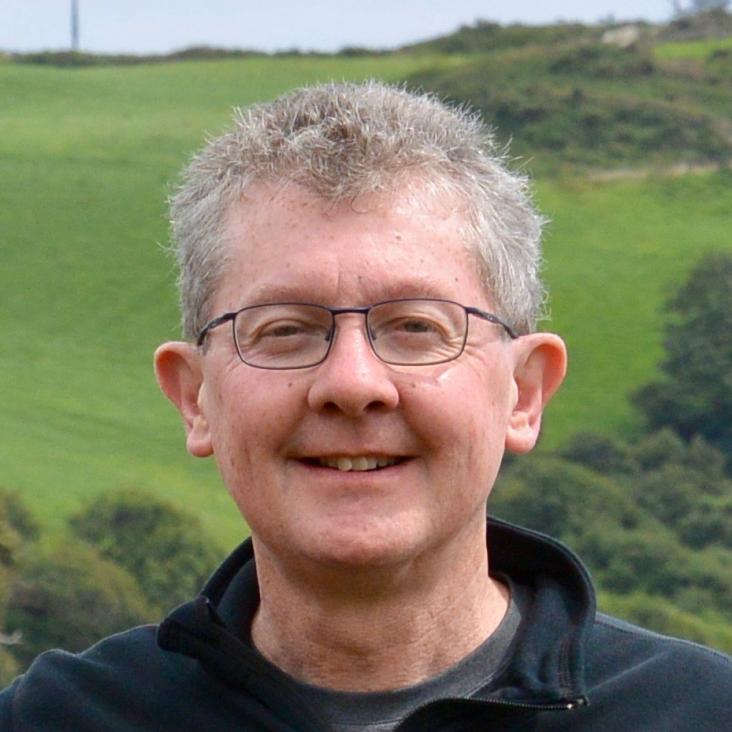Orbital superconductivity, defects, and pinned nematic fluctuations in the doped iron chalcogenide FeSe0.45Te0.55
Physical Review B 96:6 (2017)
Abstract:
© 2017 American Physical Society. We demonstrate that the differential conductance, dI/dV, measured via spectroscopic imaging scanning tunneling microscopy in the doped iron chalcogenide FeSe0.45Te0.55, possesses a series of characteristic features that allow one to extract the orbital structure of the superconducting gaps. This yields nearly isotropic superconducting gaps on the two holelike Fermi surfaces, and a strongly anisotropic gap on the electronlike Fermi surface. Moreover, we show that the pinning of nematic fluctuations by defects can give rise to a dumbbell-like spatial structure of the induced impurity bound states, and explains the related C2 symmetry in the Fourier transformed differential conductance.Discovery of orbital-selective Cooper pairing in FeSe
Science American Association for the Advancement of Science (AAAS) 357:6346 (2017) 75-80
Orbital selective pairing and gap structures of iron-based superconductors
Physical Review B 95:17 (2017)
Abstract:
© 2017 American Physical Society. We discuss the influence on spin-fluctuation pairing theory of orbital selective strong correlation effects in Fe-based superconductors, particularly Fe chalcogenide systems. We propose that a key ingredient for an improved itinerant pairing theory is orbital selectivity, i.e., incorporating the reduced coherence of quasiparticles occupying specific orbital states. This modifies the usual spin-fluctuation theory via suppression of pair scattering processes involving those less coherent states and results in orbital selective Cooper pairing of electrons in the remaining states. We show that this paradigm yields remarkably good agreement with the experimentally observed anisotropic gap structures in both bulk and monolayer FeSe, as well as LiFeAs, indicating that orbital selective Cooper pairing plays a key role in the more strongly correlated iron-based superconductors.Commensurate 4a0-period charge density modulations throughout the Bi2 Sr2 CaCu2 O8+x pseudogap regime
Proceedings of the National Academy of Sciences of the United States of America 113:45 (2016) 12661-12666
Abstract:
Theories based upon strong real space (r-space) electron-electron interactions have long predicted that unidirectional charge density modulations (CDMs) with four-unit-cell (4a0) periodicity should occur in the hole-doped cuprate Mott insulator (MI). Experimentally, however, increasing the hole density p is reported to cause the conventionally defined wavevector QA of the CDM to evolve continuously as if driven primarily by momentum-space (k-space) effects. Here we introduce phase-resolved electronic structure visualization for determination of the cuprate CDM wavevector. Remarkably, this technique reveals a virtually doping-independent locking of the local CDM wavevector at, Q0,=2π=4a0throughout the underdoped phase diagram of the canonical cuprate Bi2Sr2CaCu2O8. These observations have significant fundamental consequences because they are orthogonal to a k-space (Fermi-surface)-based picture of the cuprate CDMs but are consistent with strong-coupling r-space-based theories. Our findings imply that it is the latter that provides the intrinsic organizational principle for the cuprate CDM state.Detection of a Cooper-pair density wave in Bi2Sr2CaCu2O8+x
Nature Springer Nature 532:7599 (2016) 343-347


